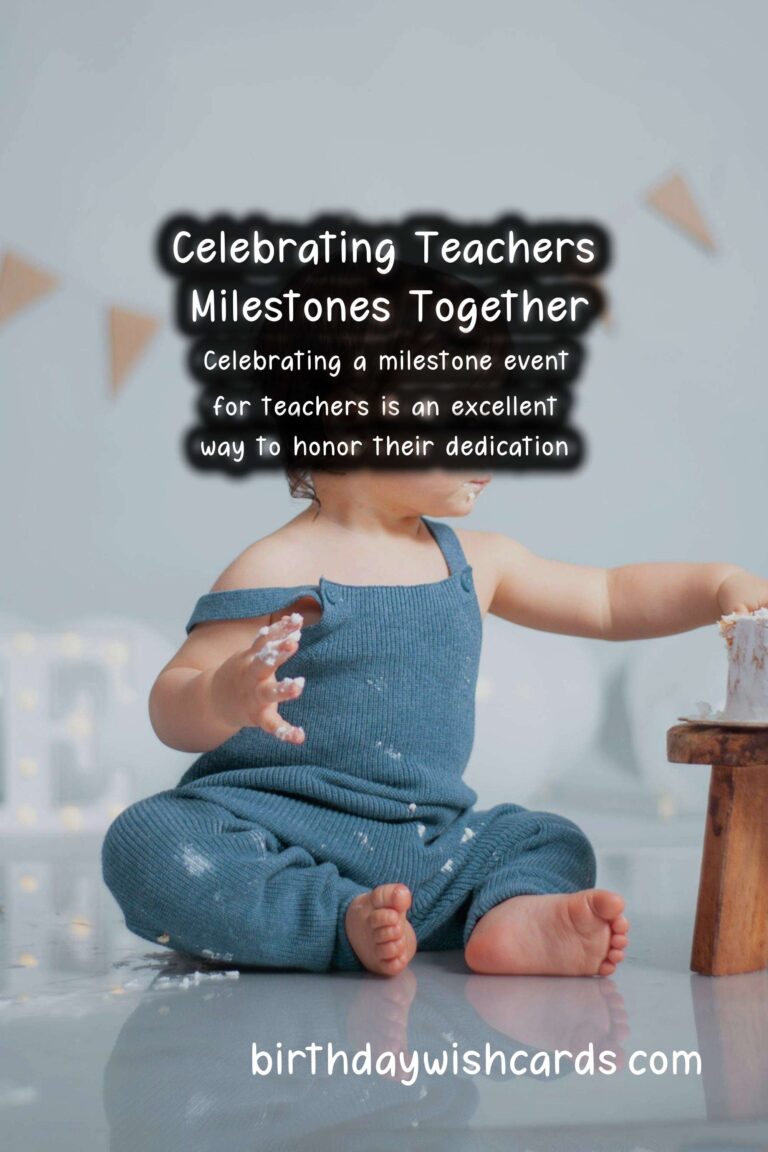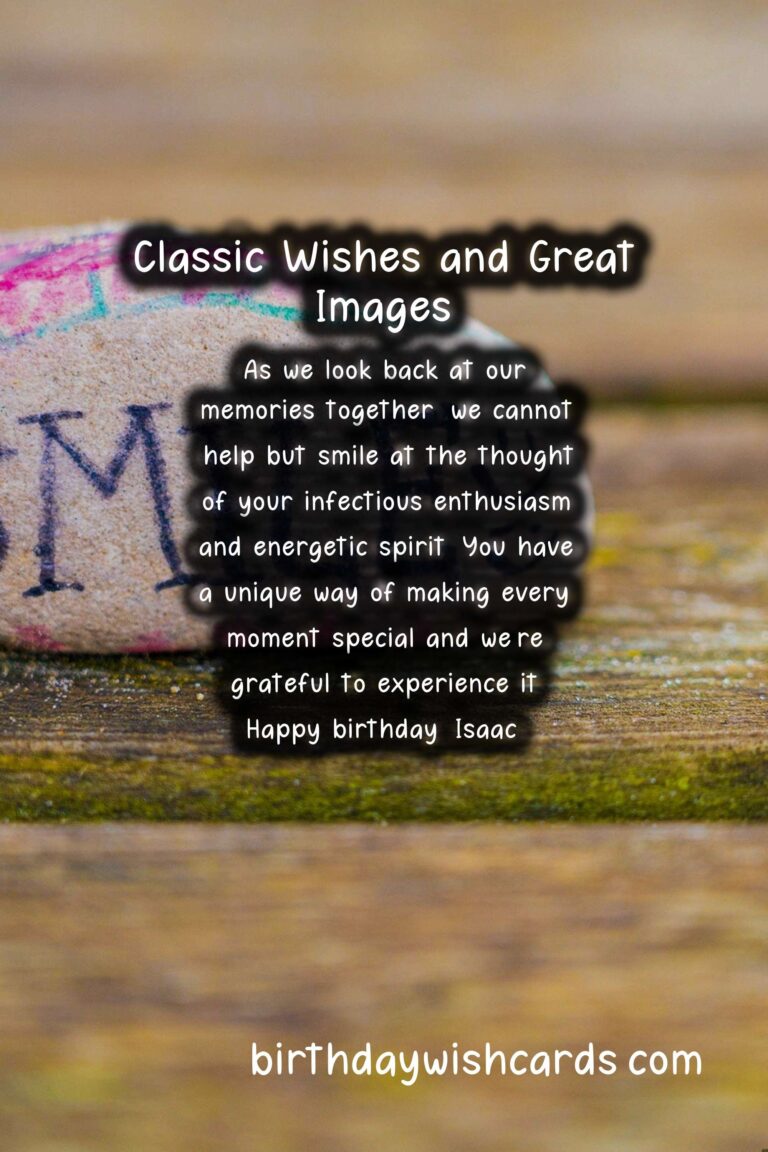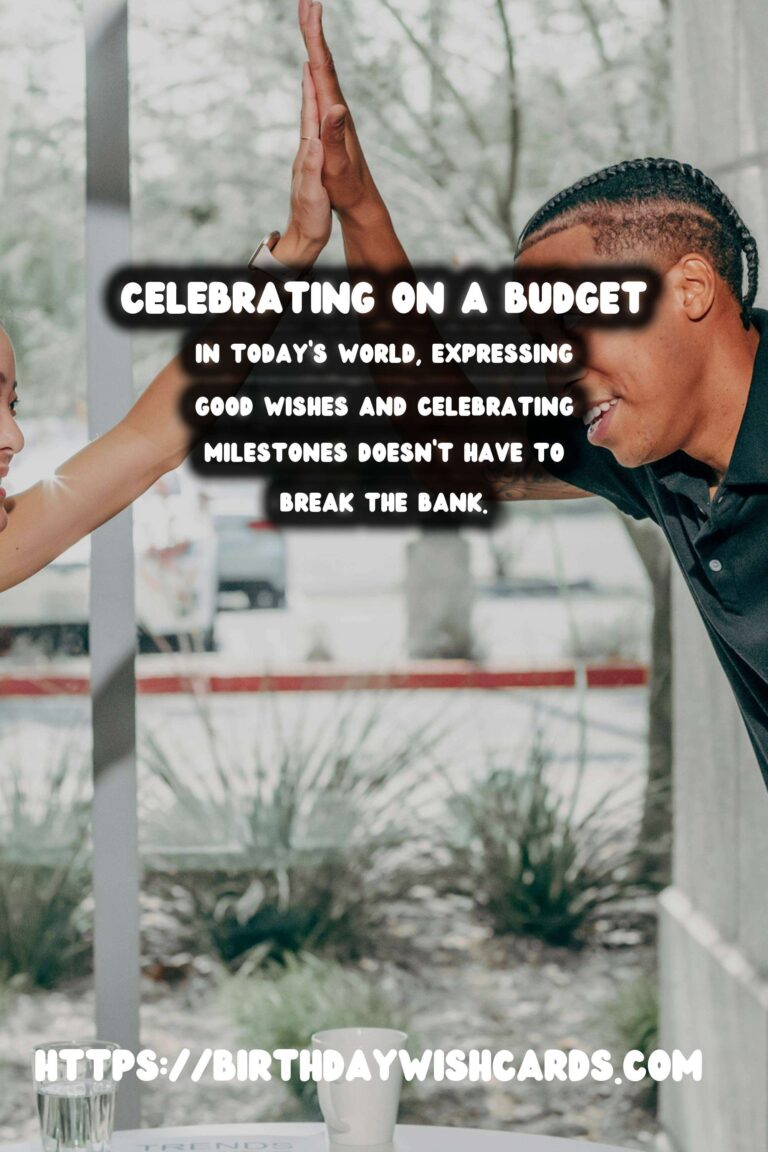How to Organize Cultural Heritage Celebration Tips That Feel Authentic
How to Organize Cultural Heritage Celebration Tips That Feel Authentic
Cultural heritage celebrations are vital for preserving and sharing the traditions that define our communities. They provide an opportunity for education, engagement, and celebration of cultural identities. In this guide, we will explore authentic ways to organize a cultural heritage celebration that resonates with participants, honors traditions, and fosters inclusivity.
Understanding Cultural Heritage
Before organizing a celebration, it’s essential to understand what cultural heritage entails. Cultural heritage includes the practices, representations, symbols, expressions, knowledge, and skills that communities recognize as part of their cultural identity. This knowledge is passed down through generations, forming a link between the past and the present.
1. Involve the Community
The first step in organizing a successful cultural heritage celebration is to involve the community. Reach out to local cultural organizations, community leaders, and individuals who belong to the culture being celebrated. Their input is invaluable for ensuring the authenticity of the event and making sure that the representation is accurate and respectful.
2. Conduct Research and Gather Resources
Research is crucial in understanding the specifics of the culture you are celebrating. This means looking into traditional practices, historical contexts, and the significance of various elements involved in the celebration. Utilizing resources such as books, documentaries, and interviews with cultural representatives will provide a solid foundation for your planning.
3. Create an Inclusive Environment
Inclusivity should be at the core of any cultural heritage event. This means considering aspects such as language, accessibility, and dietary needs. Offering translations for speeches and materials can help non-native speakers participate fully. Ensure the venues are accessible for individuals with disabilities and provide diverse food options.
4. Choose Authentic Activities
The activities you select for your celebration should authentically represent the culture. This could include traditional music, dance, art exhibitions, storytelling, workshops, and traditional cuisines. Each activity should have a clear connection to the cultural heritage being celebrated, helping participants understand and engage with the traditions.
5. Highlight Traditional Arts and Crafts
One of the best ways to engage participants is through hands-on activities that highlight traditional arts and crafts. Consider hosting workshops where attendees can learn traditional techniques, such as pottery, weaving, or painting. By engaging directly in cultural practices, participants not only learn but also appreciate the intricacies of the heritage.
6. Tell Stories
Storytelling is an essential component of cultural heritage. Invite elders from the community or knowledgeable storytellers to share meaningful tales that reflect the culture’s values, norms, history, and challenges. These stories can be woven into various formats: spoken, written, or visual, enhancing participants’ connection to the culture.
7. Celebrate Traditional Cuisine
Food is a critical element of cultural heritage. Organize food stalls or tasting events where traditional dishes are prepared and shared. Encourage local chefs or home cooks to demonstrate recipes and discuss their importance within the culture. Gastronomy not only fills the stomach but also serves as a gateway into understanding cultural values.
8. Promote Cultural Exchange
Encouraging dialogue and exchange between different cultures can enrich the celebration. Find ways to connect visitors from outside the culture being celebrated, fostering appreciation and awareness. This can be done through inclusive programming such as discussion panels or collaborative performances.
9. Incorporate Music and Dance
Music and dance are universal forms of expression that transcend language barriers. Including performances featuring traditional music styles or folk dances allows participants to experience the joy and vibrancy of the culture. Consider inviting local artists who can perform authentic pieces or even lead dance workshops.
10. Document the Celebration
Documentation of the celebration is crucial for future reference and promotion. Hire photographers or videographers to capture moments. Creating a visual history not only archives the event but can also serve to educate future generations about the importance of cultural heritage.
11. Gather Feedback
After the event, collecting feedback is essential for understanding what worked well and what could be improved. Engage participants through surveys or informal discussions. This input will be invaluable for enhancing future cultural heritage celebrations.
Conclusion
Organizing a cultural heritage celebration that feels authentic requires dedication, community involvement, and a commitment to inclusivity. By following these tips, you can create an engaging and respectful celebration that honors the richness of cultural heritage. Remember, the goal is not only to celebrate but also to educate and foster a deeper understanding of the cultural fabric that connects us all.
Cultural heritage celebrations are vital for preserving and sharing the traditions that define our communities.
Inclusivity should be at the core of any cultural heritage event.
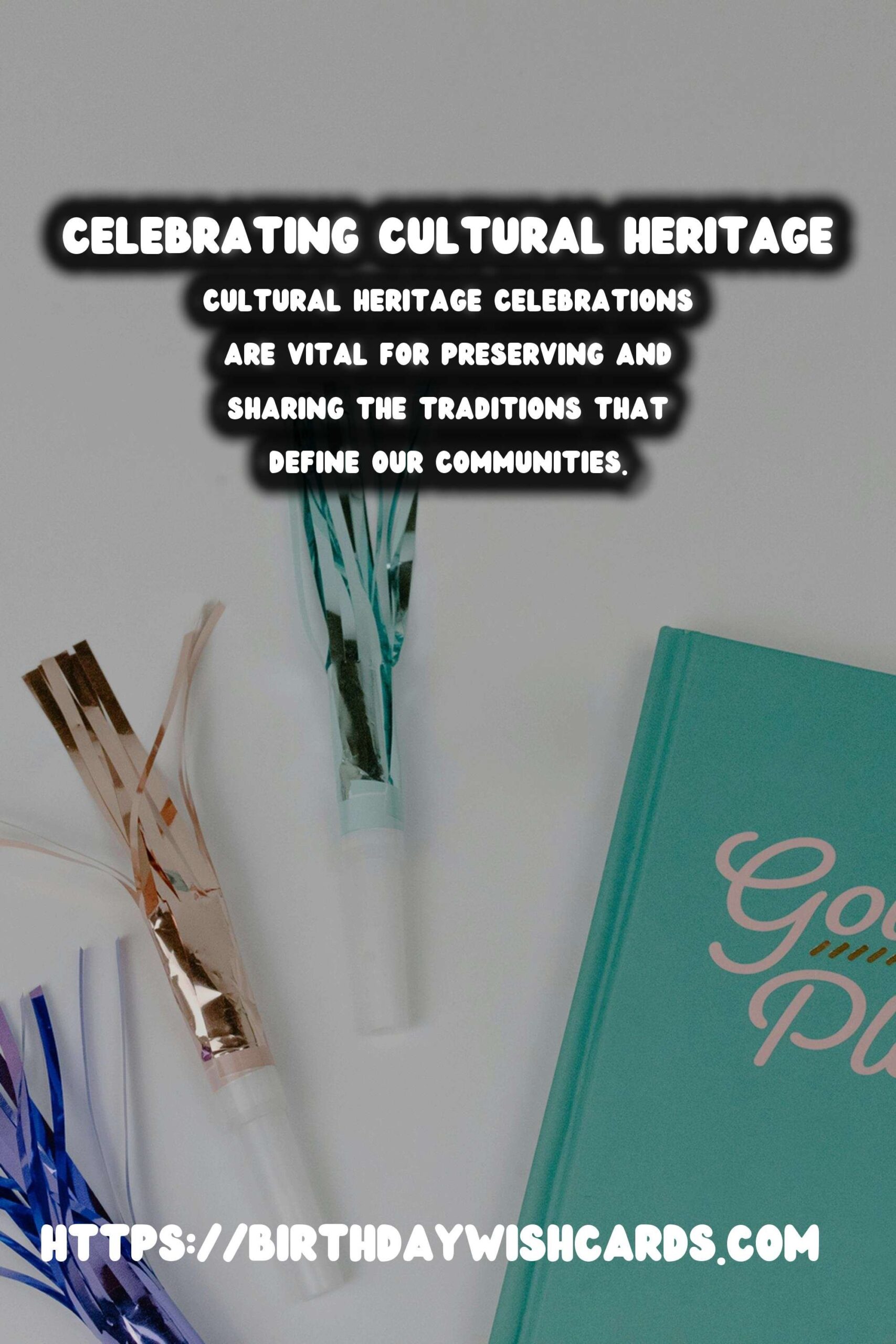

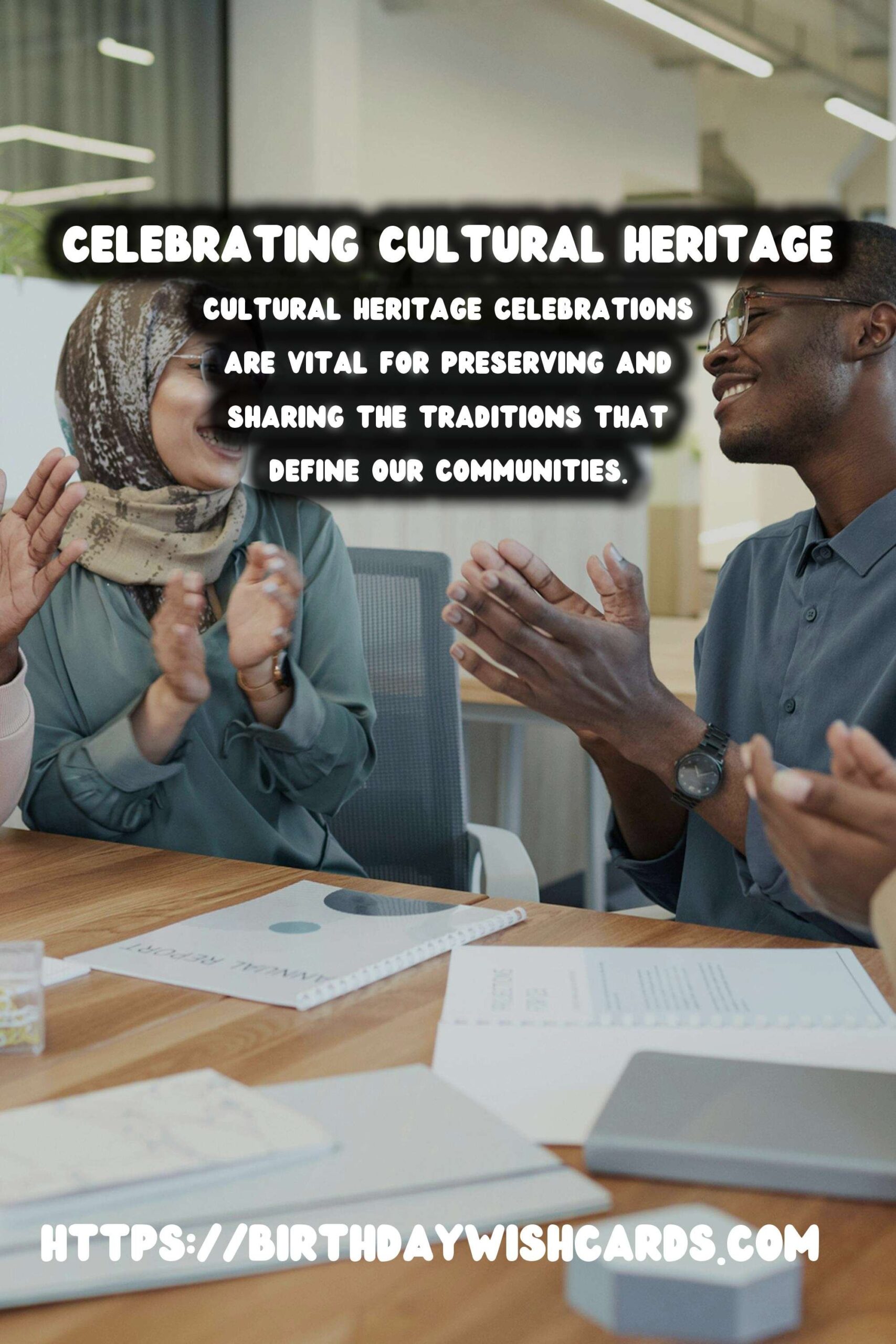
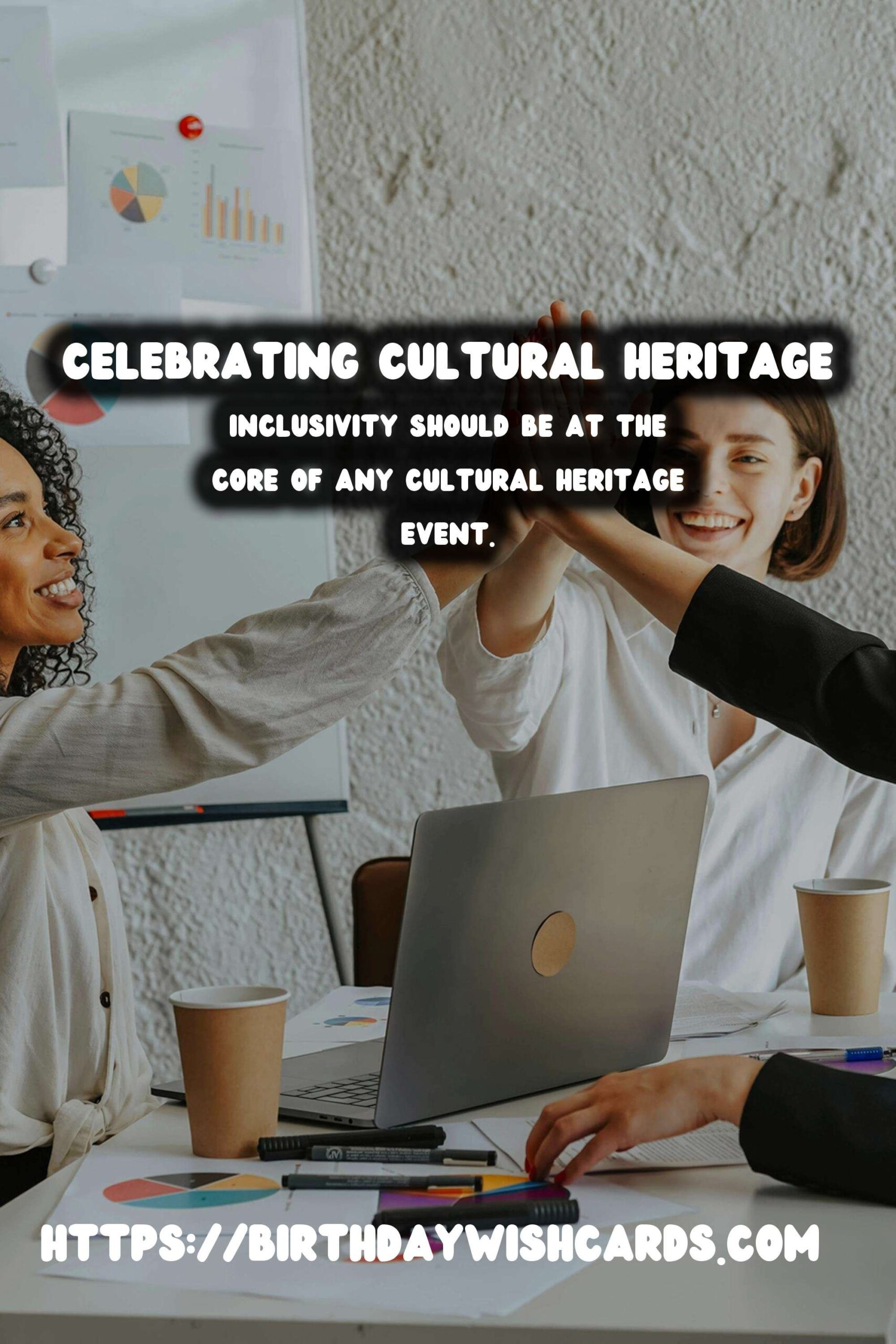

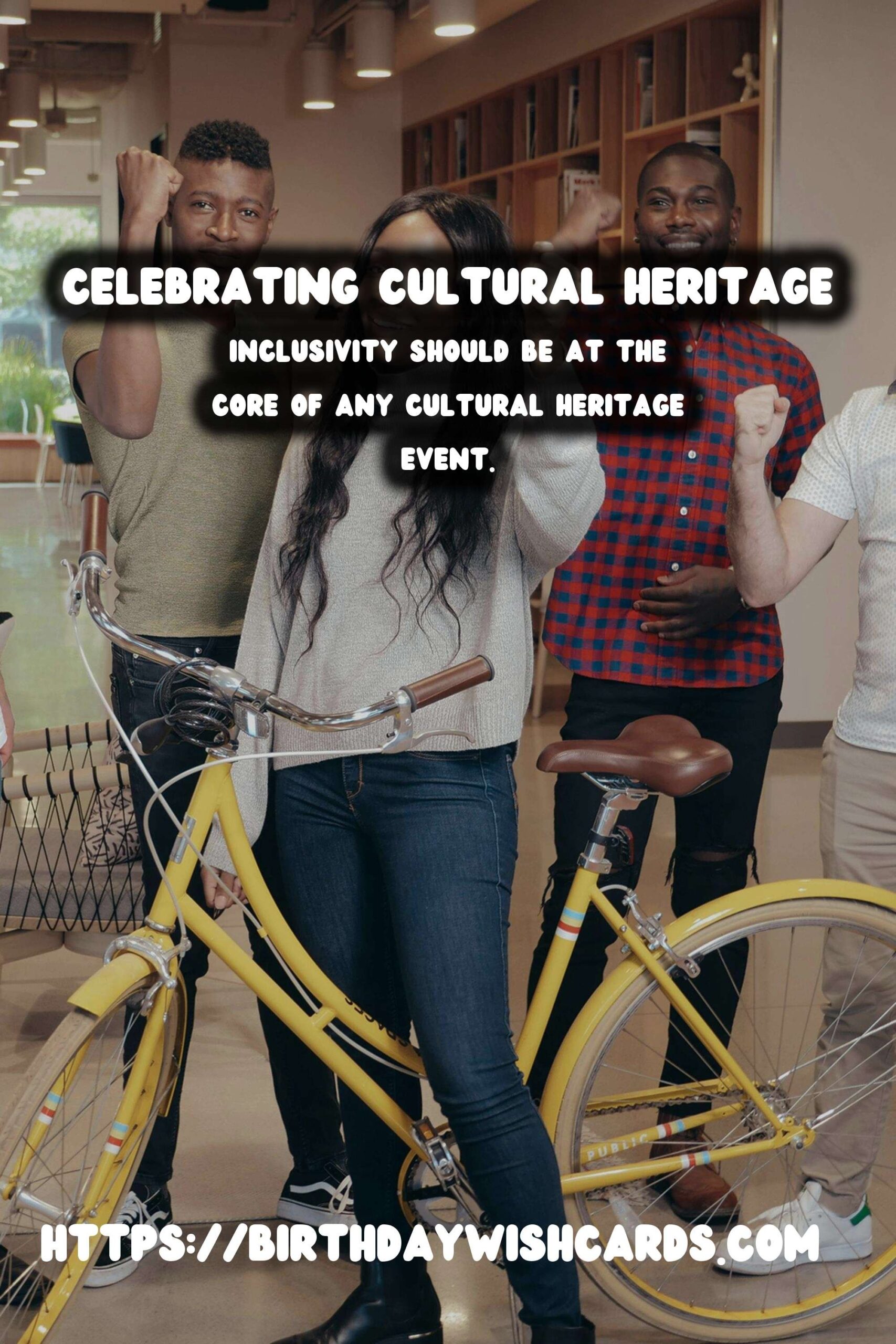


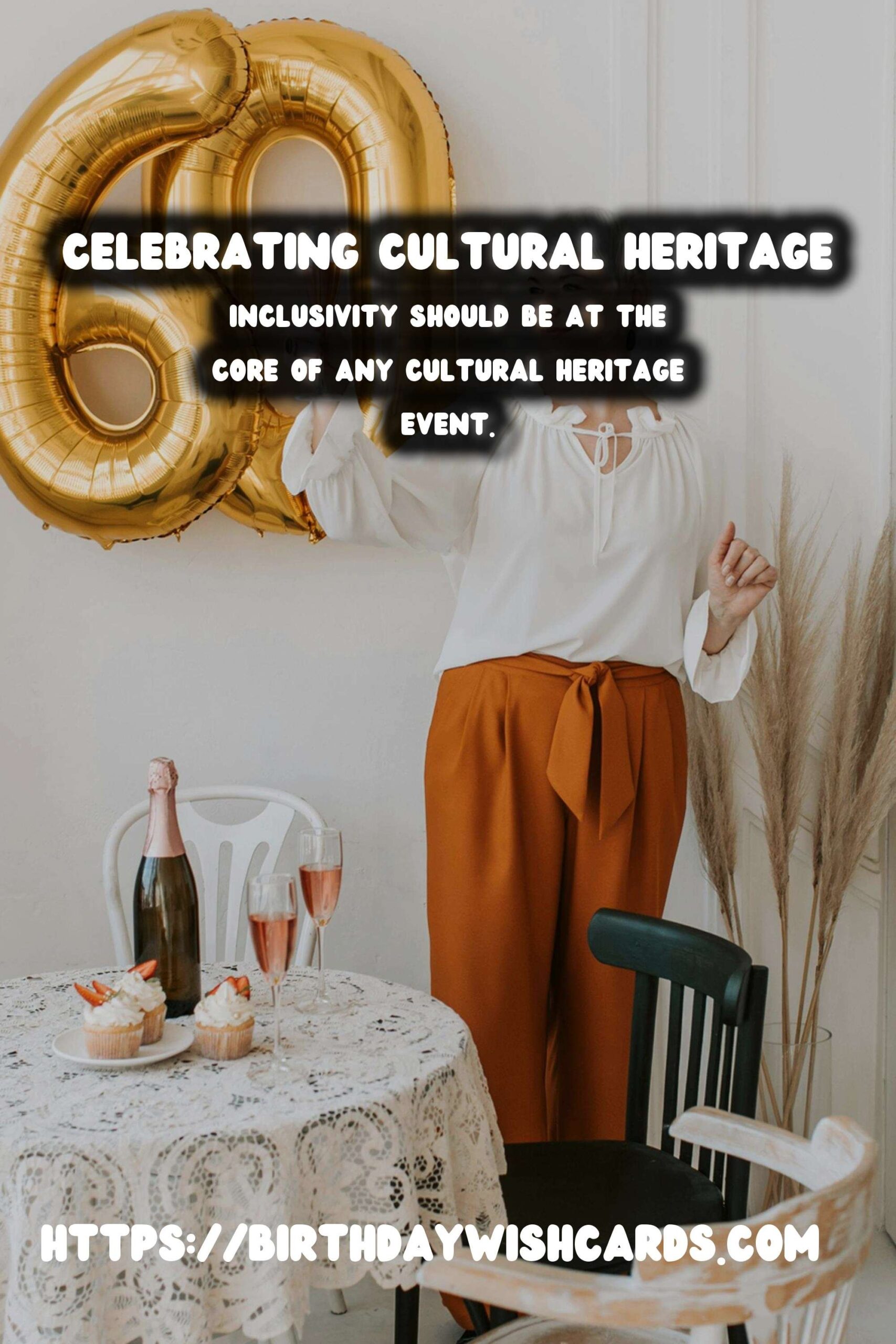
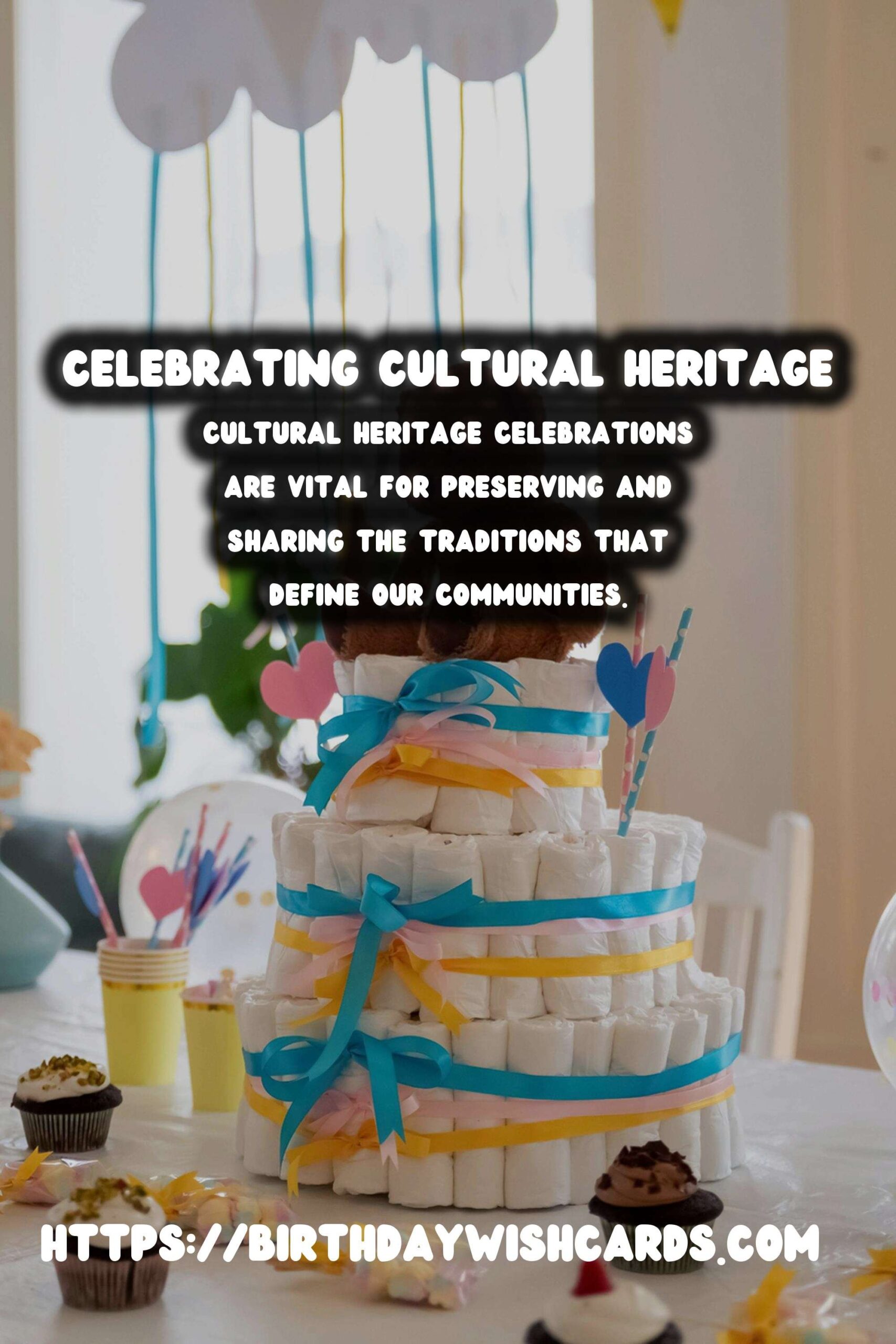
#CulturalHeritage #CelebrationTips


